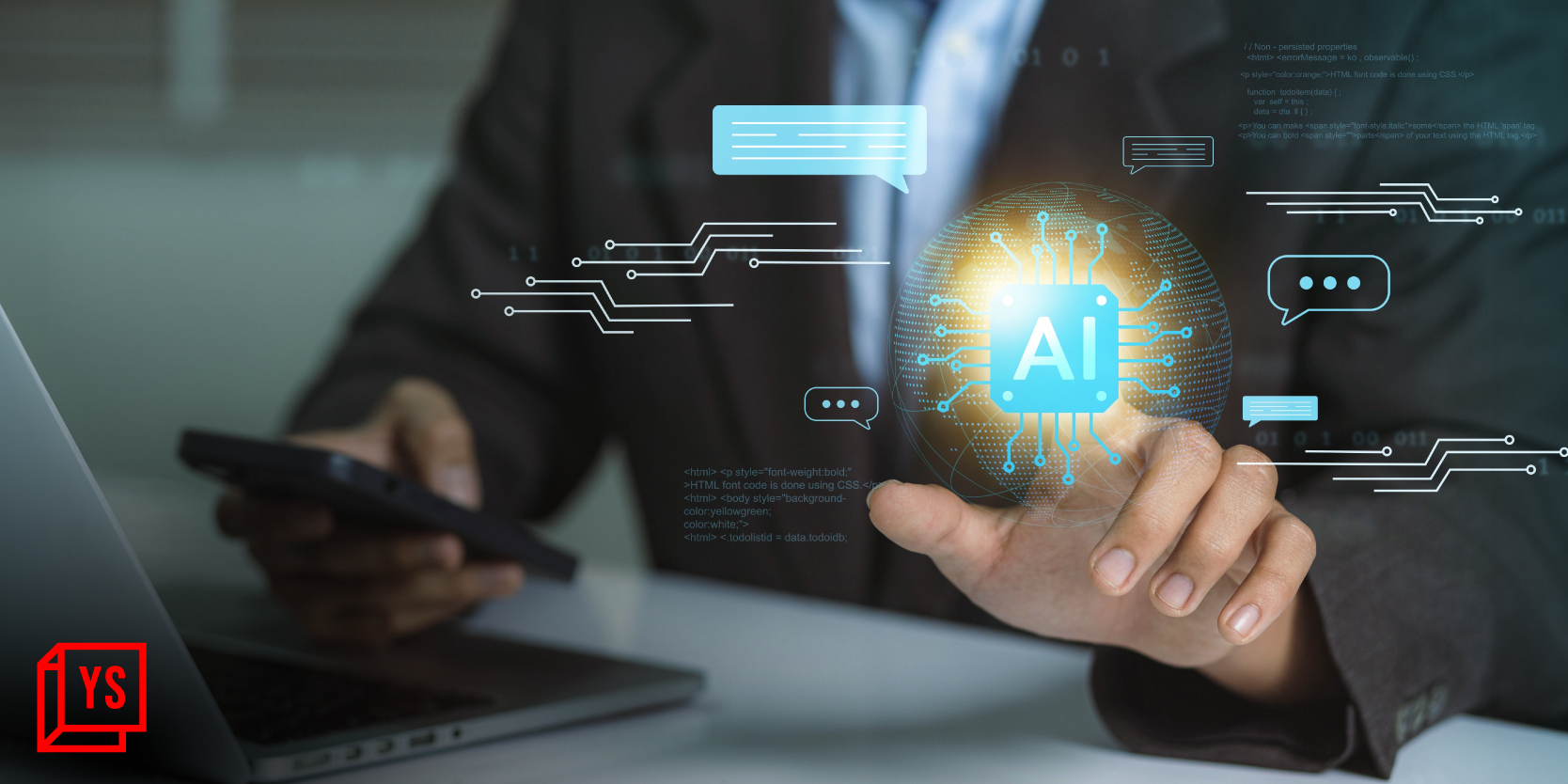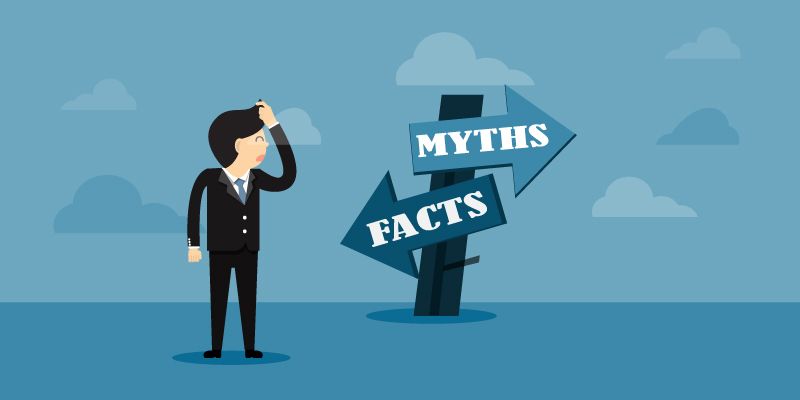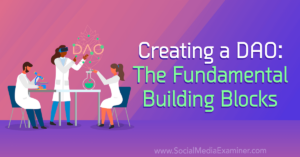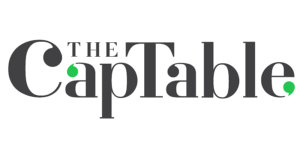
Two words have taken the world by storm. While it was the ‘internet’ driving us crazy a decade back, now one of its transformative branches has downright changed the way we think, work and practise our daily lives. Yes, you guessed it right; Artificial Intelligence, aka AI it is.
Just like the internet and other digital advancements had faced initial opposition and scepticism, AI has met its fair share of challenges. The conversations surrounding AI are often muddled with confusion and misinformation, mainly because the term ‘AI’ encompasses a broad spectrum of concepts and applications.
In a 2016 study, AI experts suggested a possibility exceeding 50% that AI systems would achieve overall human-level capability between 2040 and 2050. Stuart Russell, co-author of a widely recognised AI textbook, foresees the emergence of superintelligent AI by the next generation. Sam Altman, CEO of OpenAI, envisions a future where computer programs undertake a wide array of tasks, even pioneering scientific discoveries that redefine our understanding of the world.
These predictions have produced varied myths and fears surrounding AI. Some fear an “almighty” AI poised to seize control, while others dismiss AI as merely a buzzword. In a landscape where substantial financial stakes are involved, extravagant claims about AI’s capabilities are not uncommon.
However, despite the widespread hype, AI is yet to reach its pinnacle, and the reality lies somewhere in between.
“There are no easy answers in AI, which is part of what makes it fun. It’s an open-ended exploration of what we want the future to look like,” remarks Karmel Allison, a technical advisor at Microsoft.
To untangle the mess, here’s a breakdown of five prevalent myths and the real truth about AI.

Myth #1: AI will replace human jobs
Fact: AI will generate more opportunities in the field
The idea that AI will inevitably replace human jobs is a widespread and concerning misconception. A prominent report by the World Economic Forum (WEF) estimated that by 2025, a staggering 85 million jobs might shift due to the division of labour between humans and machines. However, this change primarily indicates the disappearance of routine-entry roles.
Contrary to the fear of widespread job loss, the WEF report also predicts the creation of 97 million fresh job opportunities stemming from this transition. As machines adeptly handle repetitive tasks, newer, more intricate roles—marked by competitive pay will rise. This shift provides younger professionals with a wide array of engaging career prospects. AI’s capacity to automate tasks like generating code or condensing data allows humans to allocate time strategically, focusing on addressing larger issues or creating novel economic frameworks.
However, the primary risk lies in increased income disparity and the need for employees to adapt to new skill sets or employment scenarios. Addressing this challenge requires collaborative efforts through policies and programs that equip individuals for evolving job landscapes.
Myth #2: AI is only for the techies
Fact: The most exciting applications of AI occur in various non-technical niches
AI isn’t exclusively for those in the tech field; it’s accessible to everyone, as Allison explains. Many people already interact with AI in their daily lives, often without realising it. Simple actions like using a search engine, selecting recommended products while shopping, or employing predictive text in emails—all involve AI.
For instance, in healthcare, AI aids doctors in taking notes, summarising information, and handling paperwork, allowing them to focus more on patient care. Plus, nowadays, AI is also helping doctors with surgeries and various types of diagnosis.
AI has ushered in a wave of patient empowerment through self-service chatbots, computer-aided detection systems for accurate diagnosis, and image data analysis.
.thumbnailWrapper
width:6.62rem !important;
.alsoReadTitleImage
min-width: 81px !important;
min-height: 81px !important;
.alsoReadMainTitleText
font-size: 14px !important;
line-height: 20px !important;
.alsoReadHeadText
font-size: 24px !important;
line-height: 20px !important;

Myth #3: AI is unbiased
Fact: AI can be influenced by the biases of its creators and the material it’s being trained on
The belief that AI is entirely free of bias isn’t accurate.
AI can indeed be influenced by the perspectives of those designing its algorithms, leading to potential prejudices in data science. Consequently, human biases can infiltrate larger datasets, impacting the algorithms’ outputs.
It’s essential to acknowledge that AI isn’t completely devoid of biases, as a substantial portion of AI ethics research focuses on minimising biases in its design.
Myth #4: Machine learning and artificial intelligence are identical
Fact: AI and ML represent distinct but interconnected concepts
The roots of AI and ML trace back to the 1950s. In 1952, IBM’s Arthur Samuel coined ‘machine learning’ after developing a better version of a checkers-playing program.
Simultaneously, machines came to be built with artificial brains in the late 1940s. Consequently, the term ‘artificial intelligence’ comprises the broader spectrum of tasks performed by machines, including learning.
Hence, equating both terms isn’t entirely accurate.
Machine learning operates within the realm of artificial intelligence as a subset. ML necessitates a well-planned training and data acquisition strategy. In contrast, AI serves as an umbrella term for diverse computer engineering techniques.
Myth #5: AI is perfectly objective
Fact: Removing AI’s innate biases is subject to the quality of input of its training dataset
The notion that AI operates with 100% objectivity is again a common misconception.
While theoretically, AI systems could attain objectivity, their effectiveness depends upon the quality of their inputs. Eliminating conscious and subconscious biases related to gender, race, and other ideological constructs from the training dataset could potentially lead to unbiased AI decisions.
An illustrative case is Amazon’s recruitment tool, designed to automate candidate assessment. Initially, the AI-driven system exhibited bias against women. Trained on historical data spanning a decade (when the tech industry was male-dominated), the system inadvertently favoured male candidates.
It discarded resumes containing ‘feminine’ terms, such as ‘Captain of the women’s chess club.’ However, Amazon discontinued the use of that algorithm in recruitment.
Alexander Linden, VP Analyst at Gartner, highlights the challenge of completely doing away with biases.
While removing innate biases from the system might be unattainable, authorities can incorporate diverse perspectives and thorough review processes for fairer AI outcomes.
To dispel common myths surrounding artificial intelligence, it’s essential to introspect and comprehend our thoughts. By cultivating self-awareness, we pave the way for a more dependable, resilient, and intelligent AI system.










